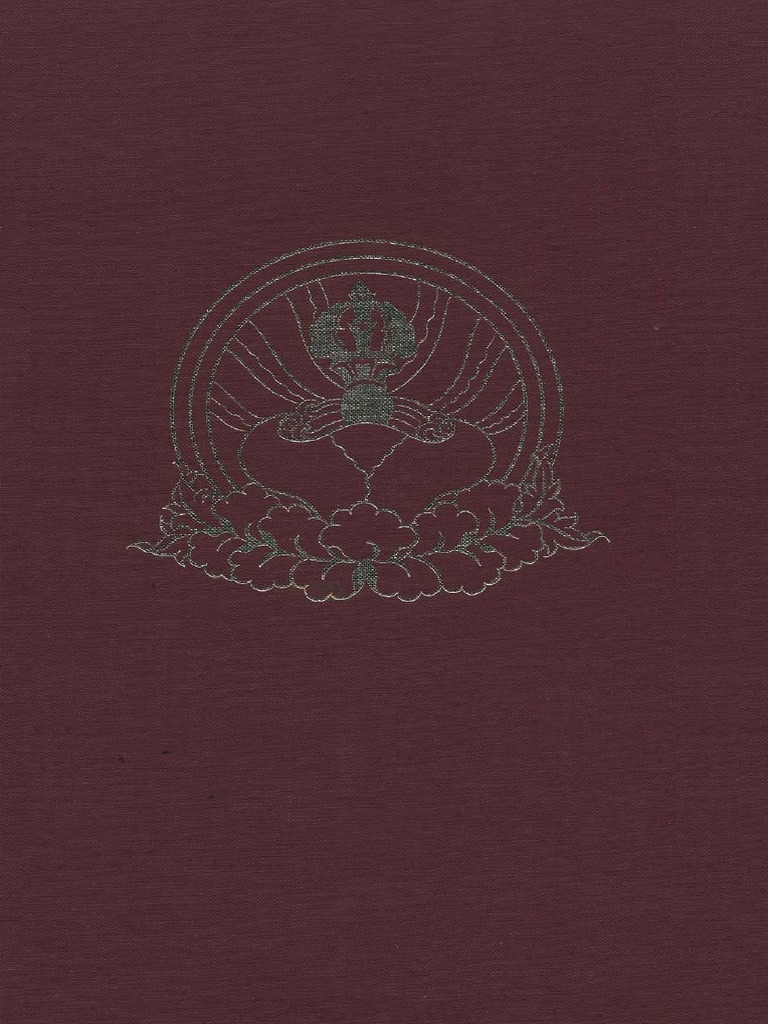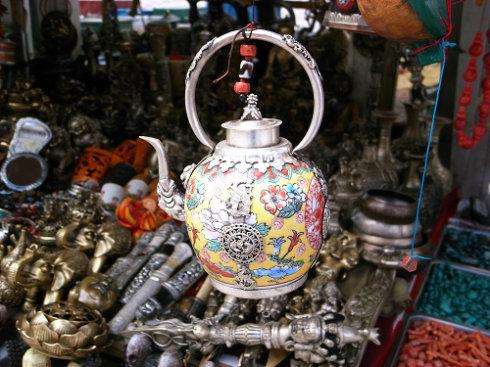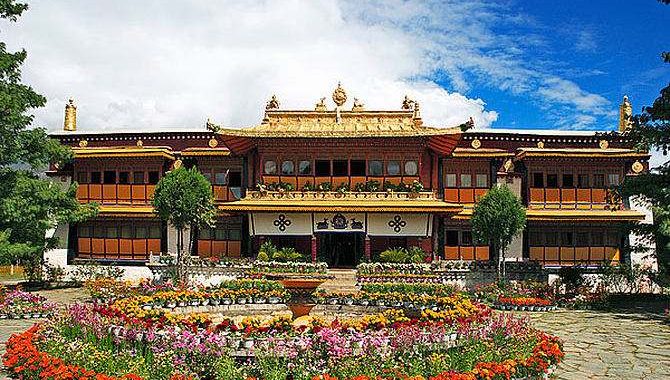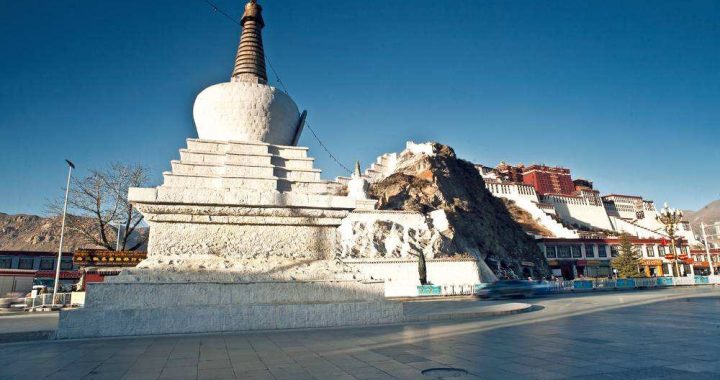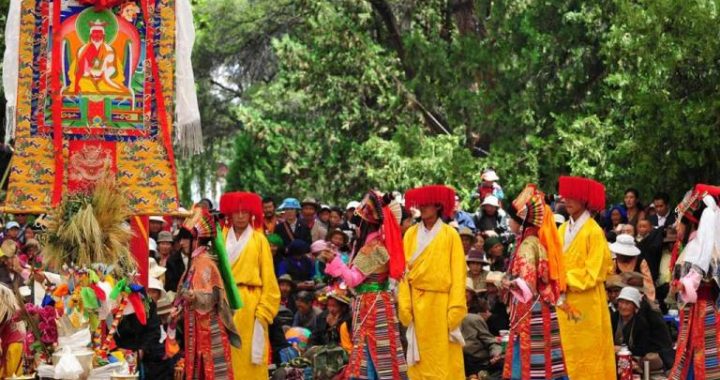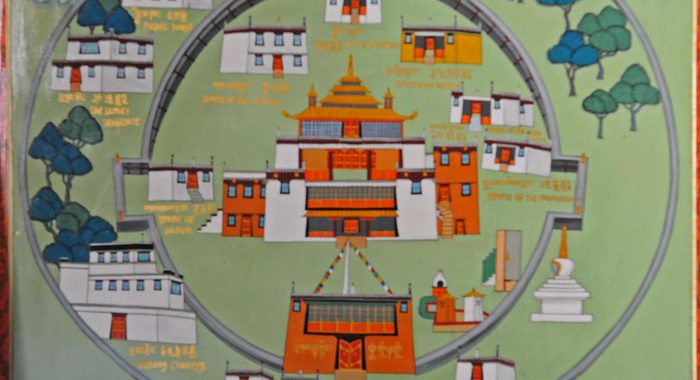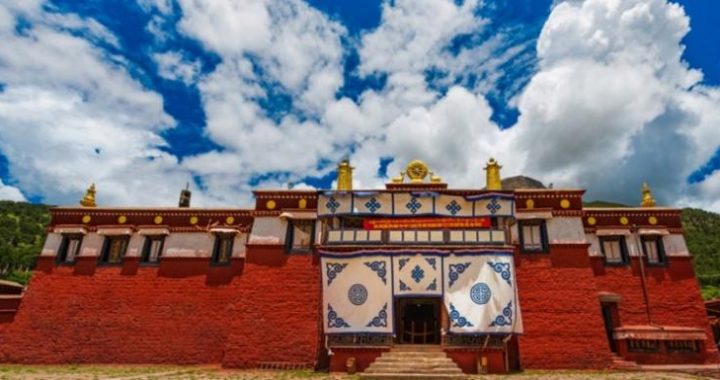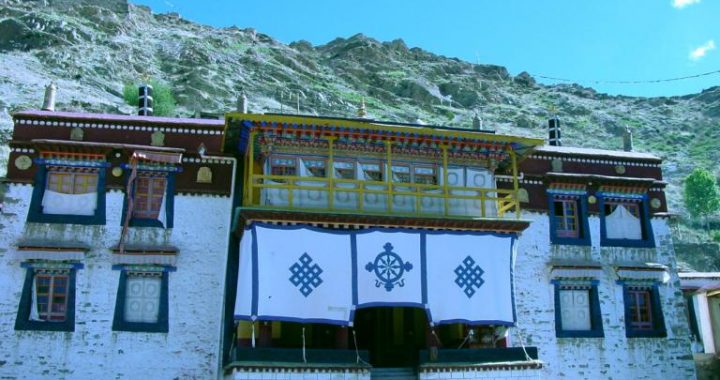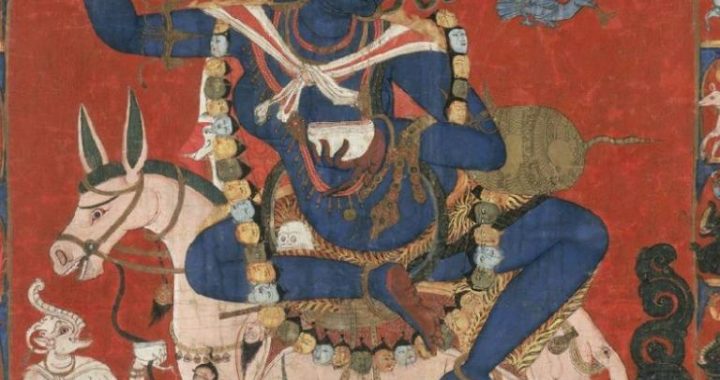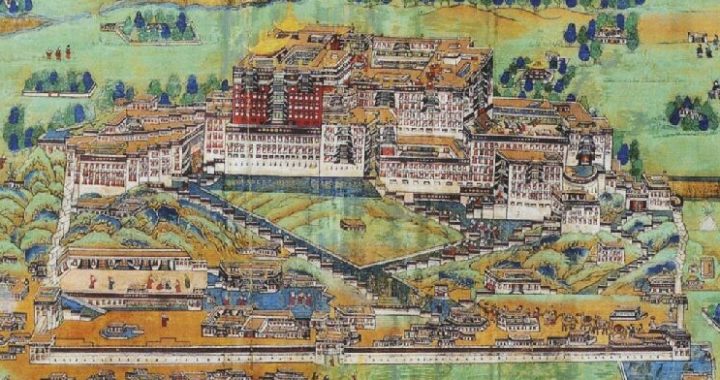A Witness of the Marital Bond between the Han and Tibetan People: Ramoche Temple
3 min readLocated in the north of Barkhor Bazaar in the center of Lhasa, Ramoche Temple was built after the architectural style of the Tang dynasty at the order of Princess Wencheng after she came to Tibet. The Ramoche Temple was originally intended to enshrine the life-sized statue of the twelve-year-old Sakyamuni and it was completed almost at same time with Jokhang Temple built by Princess Bhrikitu.
Ramoche Temple witnessed the friendly communications between the Han and Tibetan people. The early constructions of the Ramoche Temple were modeled on the architecture of the Hanpeople and consisted of impressive and splendid palaces, but they were gone amidrepeated destructions. The existing buildings were mostly constructed afterwards covering a space of 4,000 square meters with its front being the spacious courtyard and the attaching buildings such as deity hall, arch gateway, sutra hall and revolving prayer-wheel cloister at its back. It is said that Ramoche Temple was built to face the east in a way to show the Princess Wencheng’s longing for her hometown.
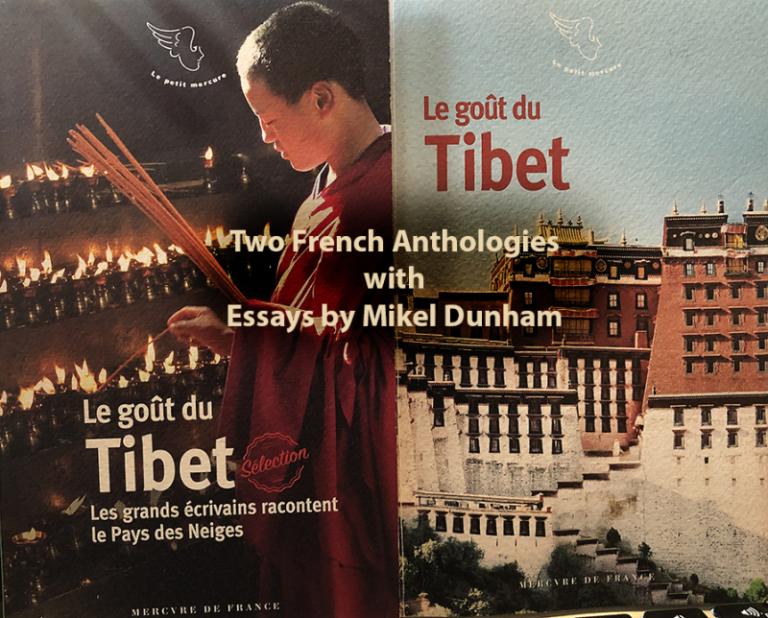
The The Ramoche Temple consists of three stories: on the first floor there are three components-the portico, the sutra hall and the Buddhist chapel behind which there are narrow and high closed cloisters on both sides, which are reminiscent of the early architectural layout; on the second floor in the front are monks’ living quarters, in the middle is the patio of the great sutra hall and behind the patio isthe Buddhist hal1. On the third floor in the front section is the six-room residenceand the gold-roof hall exclusively for Dalai Lama. The gold-roof hall faces the east covering around 54.5 square meters; inside the hall there are eight pillars in two rows and small windows are embedded on both sides of the hall; along both sides and in the back of the hall there is a narrow cloister with a wooden fence. The gold-top of the palace reflects the Han architectural style.
To be specific, the palace has asaddle roof supported by the corbel arch and at the end of the roof ridge there isthe Karma fish head and decorative animal patterns on the roof; inside the hall the doors, windows, frescos and pillars are all of the Tibetan style. The design of the gold roof has incorporated the Tibetan and the Han architectural styles.
Walls of the Buddhist chapel of Ramoche Temple are all built of stone slabs of different sizes with a mall slab humberged between the large slabs. Such a design is unique and orderly and emblematic of the super skills of the artists involved in the endeavor. The walls used to feature a number of marvelous color frescos, but it is a pity that most of them have been ruined. Some paintings which are found to feature the Buddha images with the gesture of touching earth and the gesture of selfconfidence boast smooth strokes. Enshrined in the temple are the gilt bronze statue: of Akshobhyavajra and the eight decsiples of Sakyamuni, two Immovable Diamond-kings and Tsongkhapa, the founder of the Gelug sect.
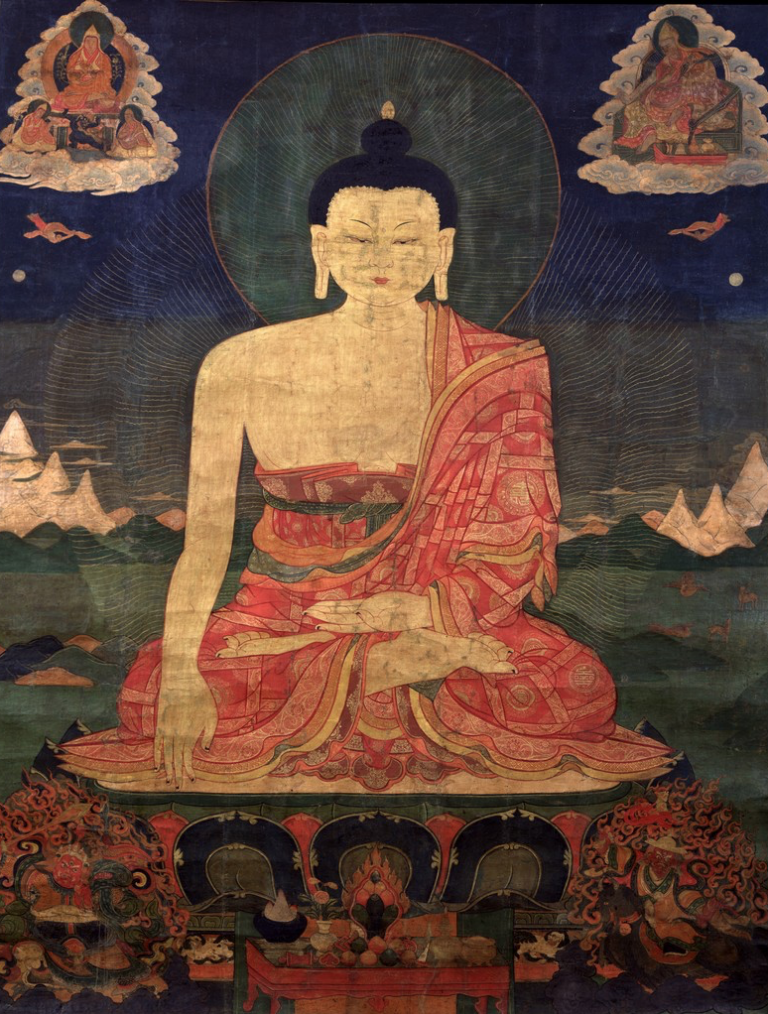
Though Ramoche Temple does not boast a rich collection of art objects, it significantly houses the revolving prayer wheel or scripture-turning wheel, which is called thus because it is round-shaped. It is a ritual object used for praying bythe Tibetan Buddhists. There is an axis through the the prayer wheel stuffed withBuddhist scripture and on the outside is carved the six-syllable charm; revolvingthe the prayer wheel is equal to chanting the six-syllable dharani, so the prayer wheel is revolved as a gesture to show Buddhist piety. Though all the prayer wheels are round-shaped they are of different sizes and different types such as those powered by wind, by hand or foot and so on. They must be revolved clockwise. Most ofthe visitors to the Ramoche Temple will revolve the prayer wheel to pray for good luck and show their Buddhist piety.
